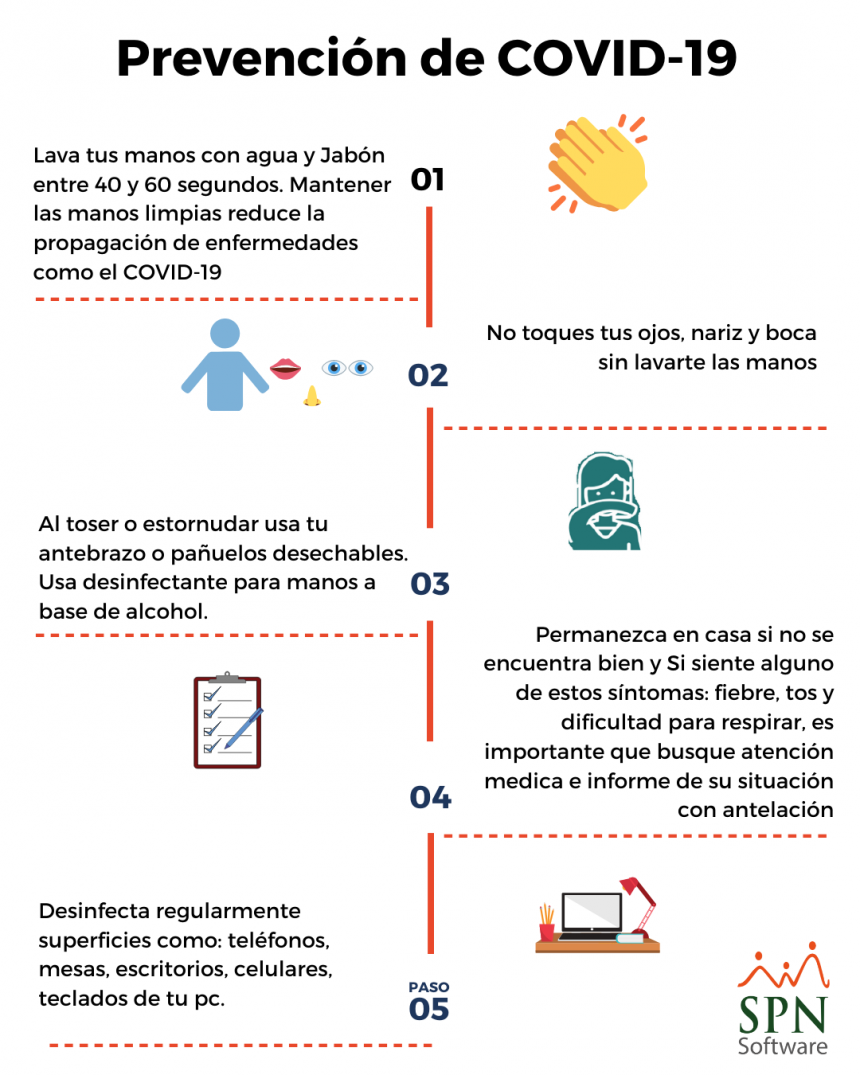By Chris Mazzei and Gaurav Gupta | July 18, 2016 5:30 am |
In a very short period of time, Analytics has become a star in business management models. However, despite the widespread recognition that the power of analysis is the basis for decision making, we see the lack of investment in the organizational change necessary for companies to truly become data based.
In many companies we find that organizational designs are still immature and executives do not always appreciate how the analysis will fundamentally change business processes and human behavior. Our survey found that only 31 percent of companies have significantly restructured their operations to put the data within their organization.
For each decision that needs to be made, analyzes can help provide the answer, but analytics also results in a human being doing something different as a result of the analyzes. This human element of analytics has two key facets – which have the organizational capacity to change, and the alignment of incentives for those who really need to make the change.
Analysis can be a radical and positive engine of change, resulting in cost savings, increased profits, and guide the development of new products and services. However, at a time when the mantra “people are our most important asset” is omnipresent, we continue to observe a curious disconnect between the analysis initiatives and the people whose behavior most affects them. Companies can take the following measures to help solve the lack of analysis connection:
Attention:
Analysis programs require continuous and high level attention. The CEO must be in the technical, organizational and human aspects. Unless analytics becomes part of an organization’s DNA, especially its people, it will never develop its full potential.
Training:
The technological investment of an analysis program must have a corresponding level of investment in the human element. The investment must be in everything from the training of reserved organizational change management units.
Organizational design:
In Analytics success success does not happen overnight. Programs to grow and evolve as human beings adapt and adjust organizational structures. Prioritizing the human element helps prevent costly failures, but even in the best planned deployments take time.
Fundamentally, analytics means a human being will have to do something different, and that change is difficult. But if companies are going to seize the opportunity once in a decade that the analytics present to leave competitors behind, they must treat the human element of analytics as important as technical implementation. After all, Analytics statistics that are not acted upon or operationalizable are usually intellectually interesting, but, almost always, virtually useless.
Recent Posts
- 925 / 5.000 Presentation by Eng. Ariel González Batista MS – IEEE 2025 World Symposium on Machine Learning and Computing (MLMC 2025)
- Analytical Models & Business Intelligence BI/SPN Software – Santiago
- SPN Software, Official Sponsor of the Regional Forum “Employment Intelligence” – November 20, 2025, Santo Domingo, Dominican Republic.
- October is Breast Cancer Awareness Month.
- Mercado Technology 2025 Magazine.
Archives
- December 2025
- October 2025
- June 2025
- May 2025
- April 2025
- March 2025
- January 2025
- December 2024
- November 2024
- October 2024
- September 2024
- August 2024
- July 2024
- June 2024
- May 2024
- April 2024
- March 2024
- January 2024
- November 2023
- October 2023
- September 2023
- August 2023
- June 2023
- May 2023
- April 2023
- March 2023
- February 2023
- November 2022
- October 2022
- September 2022
- August 2022
- July 2022
- June 2022
- May 2022
- April 2022
- March 2022
- January 2022
- December 2021
- November 2021
- September 2021
- June 2021
- May 2021
- April 2021
- March 2021
- February 2021
- January 2021
- December 2020
- November 2020
- October 2020
- September 2020
- August 2020
- July 2020
- June 2020
- May 2020
- April 2020
- March 2020
- February 2020
- January 2020
- December 2019
- September 2019
- August 2019
- July 2019
- June 2019
- May 2019
- March 2019
- February 2019
- January 2019
- December 2018
- November 2018
- October 2018
- September 2018
- August 2018
- July 2018
- June 2018
- May 2018
- April 2018
- March 2018
- February 2018
- December 2017











